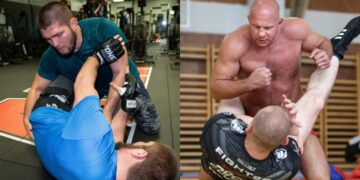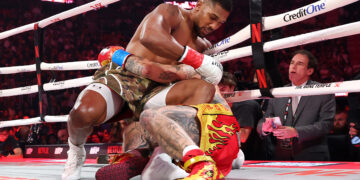
In the world of professional esports, the use of analytical tools in competitive matches has become commonplace. Popular Dota 2 streamer Janne “Gorgc” Stefanovski recently addressed a contentious issue involving Tundra Esports’ Neta “33” Shapir, who accessed Dotabuff during the drafting phase of a match against OG.
Gorgc passionately defended his colleague, saying, “I’m not saying this just because I know 33, but guys, when did this become such a big deal? Everyone uses Dotabuff. This is not the Stone Age, and online, people listen to music all the time. I’ve never heard of this being an issue before.”
Gorgc’s insight on professional teams
Gorgc emphasized that, to his knowledge, no regulations explicitly prohibit using Dotabuff during the drafting phase in online tournaments. He suggested this practice is prevalent in professional esports, where teams often develop their analytical tools, including AI-driven solutions, for draft analysis during online matches. This customary practice, Gorgc noted, has been around for about five to ten years.
Using Dotabuff as a strategic resource is no secret among professionals. Players often rely on it to gather crucial information about opponents and their current hero selections, providing insights before entering tournaments.
“I guess it’s kind of came out of nowhere everybody’s looking at now that cameras are allowed all the time everybody’s looking at the other screens but I’m telling you this has been going on forever so every team is doing this basically so they will not maybe admit it but every team is basically doing this online at least,” Gorgc said.
As Gorgc pointed out during his livestream, the recent controversy surrounding 33’s use of Dotabuff during the draft phase against OG has surprised many. With cameras monitoring player screens, some argue that accessing Dotabuff during drafts is common and acceptable, while others disagree, claiming it provides teams with an unfair advantage.




































